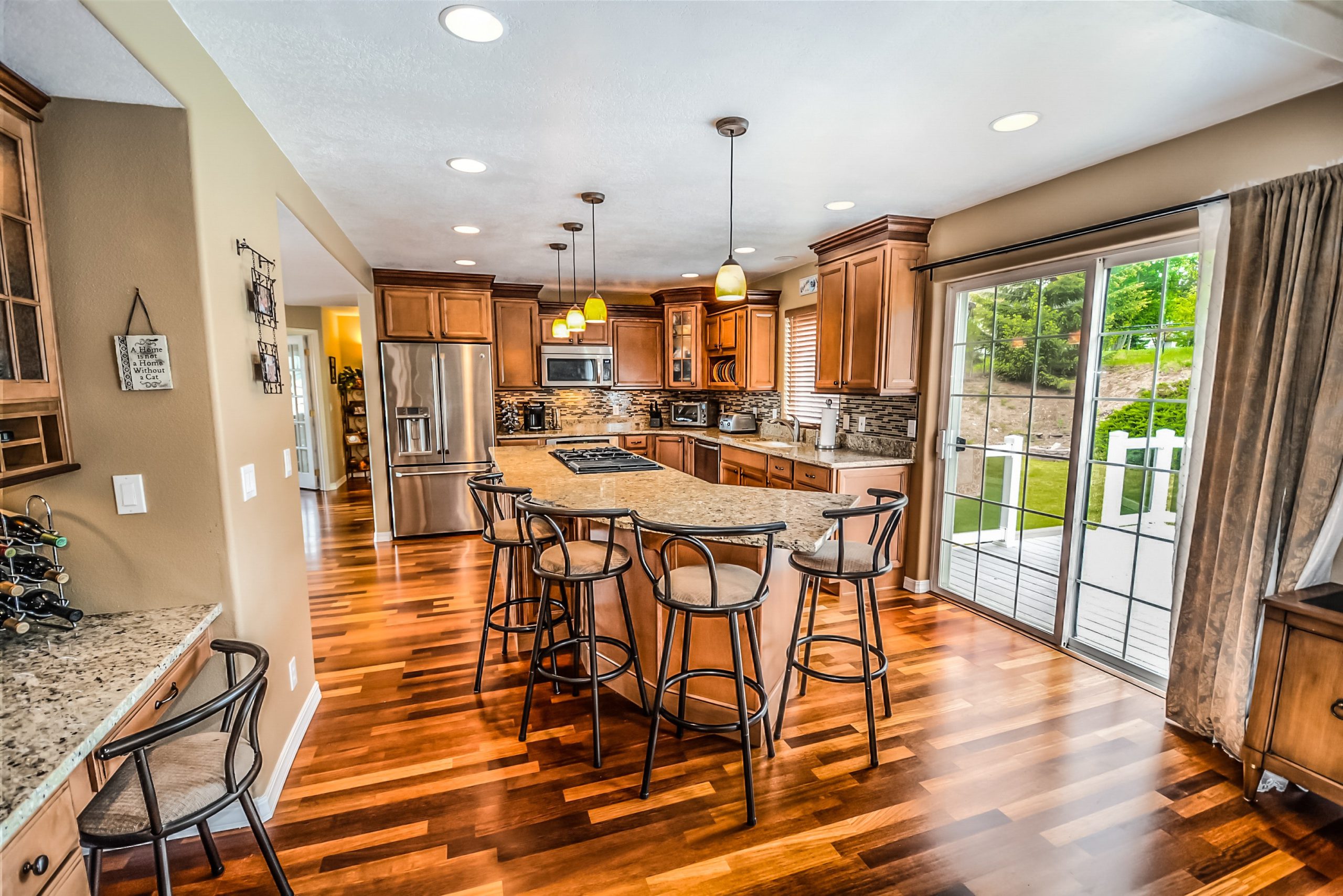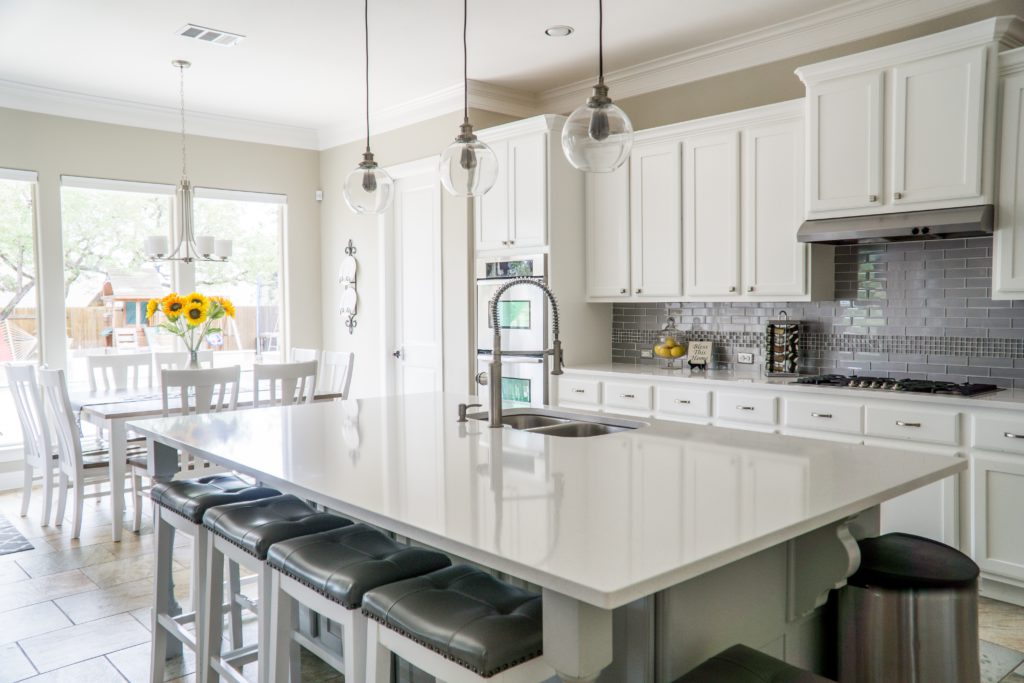
In this post, you will find out the five factors you should consider when designing your practical kitchen. There are a lot of factors that need to be considered while creating your dream kitchen, however, keep these ten design considerations in mind when planning your kitchen.
Planning the kitchen layout is the most critical step to designing your dream kitchen. Before you start designing, make the proper layout of the kitchen. When planning your new kitchen, the first, and most crucial, step is planning out the layout that will best utilize your space.
So it is essential that you always begin your design process with an eye toward how you will be using your space while cooking meals. When designing your new kitchen, think about what you are planning on doing with the space. If you are planning on remodeling your kitchen or designing a new one, these tips can help you design a space that you will love.
Planning your ergonomic kitchen layout efficiently, as well as making good use of the space, will make your time spent in your kitchen much more enjoyable. Using modular, space-saving kitchen configurations is extremely important in this area, and it can make or break kitchen efficiency. A well-designed kitchen maximizes mobility, reduces the need for bending and reaching, and increases your ability to utilize the kitchen as a multi-functional space.
A practical kitchen interior design will also provide plenty of room to store food, cooking equipment, and small appliances. An island or bar placed in the middle of the kitchen increases both working and storage space.
If you have the room, an island could be a perfect addition to any kitchen. A working triangle helps with needs but consider having a place near the appliances for putting down your food, dishes, and cooking tools.
If you are going to cook and eat at a kitchen island, for instance, plan for plenty of room to keep your cooking surface securely separated from your dining area. It is important to keep in mind that you do not need to cover every single nook and cranny of the kitchen wall with cooking cabinets. Consider various room layouts so you can fit as much storage as possible to meet your needs.
Most kitchen cabinets come with the basic layout of cabinets and drawers over and under your countertops, but you might need more storage space than that provides. Designs take advantage of typically wasted space, adding additional kitchen storage.
Designed to easily slip inside cabinets, the swivel-out nook storage helps to store items effectively, making it easier to reach them when needed.

Kitchen storage also includes having storage – whether that is wall cabinets or shelves – that allow for things to easily stay organized. Your kitchen pantry may be a designated area in your storage area, with dedicated cabinets and drawers, or it may be an independent space. The pantry usually houses all of the dried ingredients, grains, legumes, etc. This is a space designed for drying and ventilation, and for ease of access.
In a setup, usually, your stovetop and cleanup space takes up a single side of your kitchen, directly across from the walls housing your cabinets and fridge. This arrangement is suitable for smaller spaces, and it can give your kitchen a feeling of openness and freedom.
Your commercial kitchen design should allow space at the rear for your executive chef to teach and oversee the rest of your staff. Work surfaces Your kitchen design should provide plenty of room to comfortably work, allowing for a regular workflow.
Ask yourself if you are ready to reclaim space in an adjoining room in order to create the kitchen of your dreams.
To ensure that your cabinets and appliance doors are perfectly functioning, design your kitchen to have space for the clearance of doors as well as their swinging orientation.
Kitchens should be properly open-plan in terms of floor space and design. Designers must consider factors like total available floor area and the support of walls, whether this will be an enclosed or open design of kitchen, and floor space required for standing appliances like fridges and dishwashers. It is important for architects or designers, while designing the kitchen, to take into consideration factors such as the number of people in the household, the number of people that will be using the kitchen, frequency of use, and what type of cooking a customer does.
Generally, if you just take into account usage while designing the kitchen, and you remember the points mentioned above, you should get a perfect kitchen for your clients, every time. This is perhaps one of the most important factors to take into consideration when designing your kitchen.
Experienced interior designers London, while designing a kitchen, will also take into account subtle aspects such as height for the users physical frame, to ensure the user has an easy time reaching all of the cabinets of the kitchen. When working with a kitchen designer, they will help you identify exactly how much space you will need for counter-top appliances, as well as how much you will need for a work area. From material choices, number and materials of shelves and countertops to choices about different appliances, and including or not including seating in your kitchen, these are a few choices that a kitchen designer can help you make more easily, as long as they are familiar with your intended use for your kitchen.
Before thinking about the color scheme or the new appliances, you or your designer will have to determine your rooms layout.
Once you find a layout and perfect theme that works with your kitchen, the design part comes next. The best way to get an idea for your future kitchen is by creating a floor plan.
